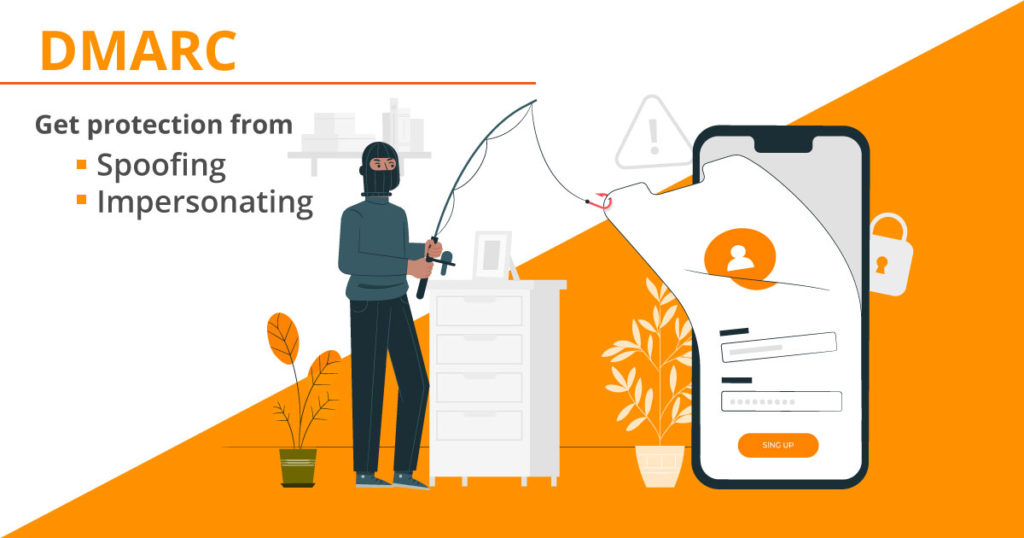Email spoofing is a technique used in spam and phishing attacks to trick people into thinking a message came from a person or entity they know or can trust.
To explain what spoofing is – Imagine you receive an email from support@appIe.com asking you to confirm your password for your iTunes account. That seems perfectly normal. You click on the link and end up sending your password to a hacker. What went wrong here? How did you get fooled?
The domain appears legitimate, but once inspected closely – the ‘l’ in apple.com is replaced with a ‘Upper Case i’. It would be impossible for you to know this.
Many brands have their reputations put at risk due to impersonation. Display name spoofing tricks the receiver in believing they are receiving a mail from your brand. The display name will be your brand but the email domain will be different – just like the above example. The receiver trusts the mail because of the known brand name and executes the hacker’s request.
DMARC is a way to make it easier for email senders and receivers to determine whether or not a given message is genuinely from the sender. It gives the legitimate owner of an internet domain a way to request that illegitimate messages – spoofed, spam, phishing – be put in the spam folder or rejected outright.
Our 3 steps to protection
Insight – See who is using your domain to send fake emails.
We analyze and interpret the DMARC reports you receive to show what’s going on across your email domain.
Action – Auto classify legitimate senders and surface the bad.
We save you time with automated classification and provide specific actions so you can secure your genuine email sources and block fake ones.
Protection– Stop criminals sending fraudulent emails in your name.
Once DMARC is fully deployed we will continue to monitor for new sources of email to protect against further attacks and ensure ongoing protection.
Also Read: Next-Gen Email And Cloud Apps Security


